AI PRODUCT DESIGN
MONDAYS & WEDNESDAYS
5 PM PST / 8 PM EST
AI PRODUCT DESIGN
4 FEB 2026 - 23 MAR 2026
DURATION:
6.5 WEEKS
MONDAYS & WEDNESDAYS
5 PM PST / 8 PM EST
Create user-centered, AI-powered products that meet real-world needs.
Learn to navigate the full AI product lifecycle — from concept to deployment — with Michiel Pruijssers, a product designer & researcher with over 8 years in the AI field.
WHO THIS COURSE IS FOR
-
YOU ARE A PRODUCT DESIGNER
Take your product design skills to the next level. Learn to prototype AI-driven features, integrate human-centered design principles, and collaborate with technical teams to create regulation-compliant, user-focused products. Explore topics like machine learning, information architecture for AI, and designing adaptive user experiences.
-
YOU ARE A UX/UI DESIGNER
Bridge the gap between design and AI with essential skills. Master AI/ML fundamentals, create multi-modal and accessible AI experiences and learn how to apply AI in personalization, user adoption, and product workflows. By understanding the end-to-end design process for AI products, you'll be ready to build innovative and user-centered solutions.
-
YOU ARE A CREATIVE PROFESSIONAL
Whether you’re a creative director, product manager, or digital strategist, this course empowers you to unlock AI's potential for design innovation. From ethical AI considerations to designing seamless user experiences, you’ll gain the skills to step confidently into AI product design leadership.
Earning a course certificate or letter of recommendation boosts your CV and showcases your expertise with confidence.
EXTRA BENEFIT:
The top students of the course will receive a personal letter of recommendation from Michiel Pruijssers!
of Completion
of Participation
CEO

Our students work in 1600+ companies worldwide
- Principal Product Designer at Snorkel AI, and former Principal Designer at Microsoft
- Drives innovation in AI-powered products and developer tools, leading enterprise generative AI platforms like an LLM inferencing system with 300+ models and a GenAI app platform for rapid deployment.
- Transforms user pain points into intuitive, real-world designs, by prototyping and testing AI solutions in Python notebooks.
- Empowers beginner designers to master AI concepts and create practical, user-first solutions that bridge design and technology.
- At Microsoft, he advanced computer vision, MLOps, and human-machine collaboration, working on products like Azure Bot Service and Soundscape.

Get an introduction to the course structure, objectives, and capstone project, as well as identify a need/pain point to explore AI solutions.
- Instructor introduction
- Course objectives & flow
- The AI landscape today
- Capstone project
- Q&A
Dive in! Gain a base understanding of AI, how users experience it, and how it makes its way into product development.
- AI overview & applications
- Current trends
- Human-centered design: AI product development methodologies
- AI product lifecycle
- Case Study: Human-computer interaction of Google Maps
Assignment #1: Critique an existing AI-powered product (app, website, etc.) from a human-centered design perspective. Identify areas where the product excels and where it could improve.
Explore the basics of machine learning, including supervised and unsupervised learning, and get a demonstration of a linear regression-based prediction.
- What is machine learning?
- Algorithms: Supervised & unsupervised
- Demo: Linear regression-based prediction
Assignment #2: Propose a potential AI solution to a user problem using supervised or unsupervised learning. Write a one-page proposal outlining how AI could address the problem.
Delve into the fundamentals of neural networks, deep learning, and generative AI, as well as how to build a neural network and interact with LLMs for content generation.
- Neural networks & their architecture
- Applications of deep learning
- Intro to gradient descent & backpropagation
- Generative AI and LLMs
- Demo/DIY: Build a neural network & image classification
- Demo/DIY: Interacting with LLMs to generate personalized content
Assignment #3: Design a user flow and wireframe for an AI-powered feature (e.g., personalized recommendations, chatbot) using deep learning, Generative AI, or machine learning principles.
In class 4, you will learn to design user interfaces and interactions for AI products, emphasizing explainability, transparency, and inclusivity in AI design. You will also explore prototyping techniques using Figma.
- User interface (UI) and interaction design for AI products
- Case Study: Visualizing AI-driven recommendations
- Explainability & transparency in AI
- Inclusivity & diversity in AI product design
- Demo: Advanced Figma techniques for prototyping AI interfaces
Explore biases, fairness, and privacy in AI algorithms and data, and discover how to design AI systems that align with societal values and comply with industry regulations like EU AI Act.
- Biases in AI algorithms & data
- Fairness & inclusivity in AI design
- Protecting user data & data privacy
- Regulations & standards compliance
- Aligning with societal values
Assignment #4: Analyze an AI system for potential ethical concerns (bias, privacy, inclusivity) and propose design adjustments that address those issues.
Discover what an IA is and learn about the different personas and what they’re trying to make/solve.
- Information architecture in AI applications
- Organizing & structuring data for AI products
- User personas & scenarios: Mapping user goals & AI features
- Case Study: Information architectures in successful AI products
Apply AI technologies to solve user problems, prototype AI solutions, conduct user testing, and iterate designs based on feedback. Learn to be intentional while designing for AI to ensure a positive impact.
- Solving user problems with AI technologies
- Rapid prototyping methods
- Validating AI concepts: Interactive prototypes
- User testing & iteration
- Workshop: Prototyping & interactions (in Figma)
Assignment #5: Build a static/interactive prototype (in tool of choice) that includes an AI-powered feature, incorporating both user flows and layouts. Conduct user testing, gather feedback, and iterate based on the findings.
Delve into user flows for AI-powered interactions, focusing on user-centred AI design and its impact on adoption and engagement.
- User flows for AI-powered interactions
- Foundations of user-centered AI design
- Case Study: Impact of UX design on AI product adoption and engagement
In Class 9, you will explore the phases of AI product development, including managing AI models and understanding issues like hallucinations in LLMs, while exploring RAG pipelines.
- Phases of AI product development
- Managing AI models
- Workshop: Managing the end-to-end process for AI product design
- Demo: Understanding hallucinations & controlling outputs in LLMs
- Workshop: Building a RAG pipeline in a Python Notebook
Bonus Assignment #6: Using ChatGPT, build a functioning notebook yourself.
Explore how to gather and analyze user research data to guide AI product decisions and validate AI-driven changes through methods like A/B testing.
- Methods for gathering and analyzing user research data
- A/B testing
- Case Study: Using research data to improve AI products, such Airbnb’s dynamic pricing
- Generative AI in product research: Principles & limitations
Assignment #7: Do some research on your capstone project so far. What are possible users saying? What do you need to change?
Learn how to design multi-modal AI systems that integrate different input methods (voice, text, images) and improve accessibility for users with varying abilities.
- Multi-modal AI systems
- Improving accessibility
- Case Studies: Review real-world examples, such as OpenAI ChatGPT, AirBnb Computer Vision, Instagram Explore, and more.
- Design principles for multi-modal systems
Assignment #8: Try and include a multi-modal experience in your capstone project. (e.g., voice, text, image). Ensure the design includes accessibility features such as voice commands, speech-to-text, or screen readers.
Learn to present AI-powered product designs effectively, including gathering feedback, incorporating revisions, and documenting design decisions.
- Design reviews role
- Structuring effective reviews
- Constructive feedback and iteration
- Design documentation & presentation techniques
Assignment #9: Present your final project in a design review format, showcasing your AI-powered product design. Use peer and instructor feedback to make final revisions before submission.
Gain career insights in AI product design, tips on building a portfolio, and advice from an industry guest speaker on career success.
- Career opportunities in AI product design
- Portfolio development
Guest speaker: AI industry expert will share insights into building a successful career in AI product design
What our students say

Becoming more literate in how algorithms work has already had an impact in how I approach conversations with cross functional partners at work, and has helped me think deeper about product features and their intended outcomes. I’m noticing that I’m able to articulate more clearly how a feature should work, proactively documenting where the data should come from and how we might analyze it.
It’s fascinating how learning about a subject which is not exactly design related has already helped me in the day to day as a product designer."


I'd also like to express my heartfelt gratitude to Adriana Pink and Georgios Saliaris for their invaluable support and insights throughout the course."

"I love the expertise Michiel brings to the course, and how he's able to break down such complicated and confusing topics into understandable language. I can really tell he loves talking about AI at every level of depth and gets excited to teach others about it! I appreciate that it felt like there was no such thing as a 'dumb question."
"I genuinely enjoyed the AI for Product Design course with Michiel and found the content incredibly valuable. The knowledge and insights gained are directly applicable to my current and future career aspirations. Thanks to Michiel for sharing such valuable expertise and providing insightful feedback throughout the course."



